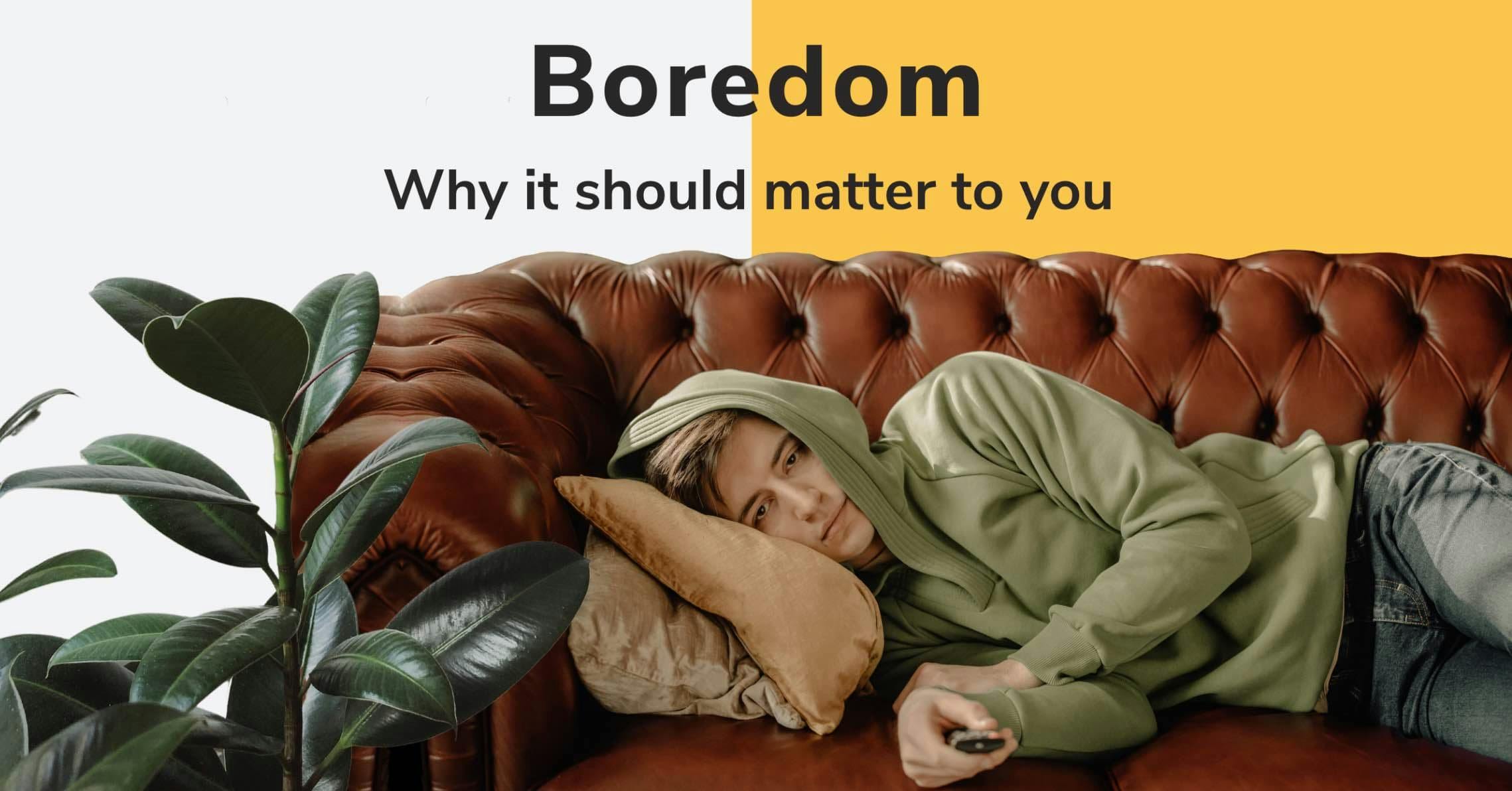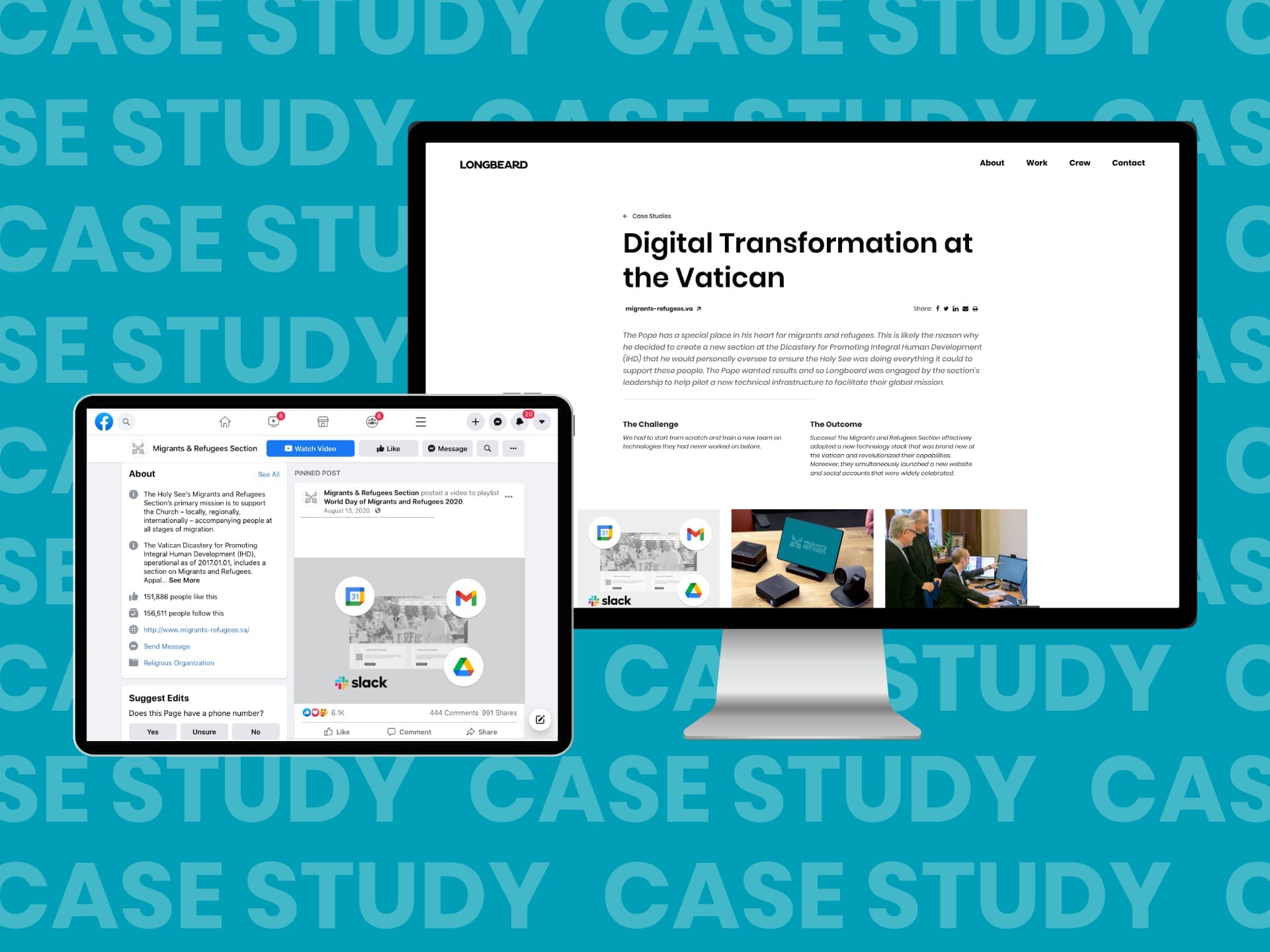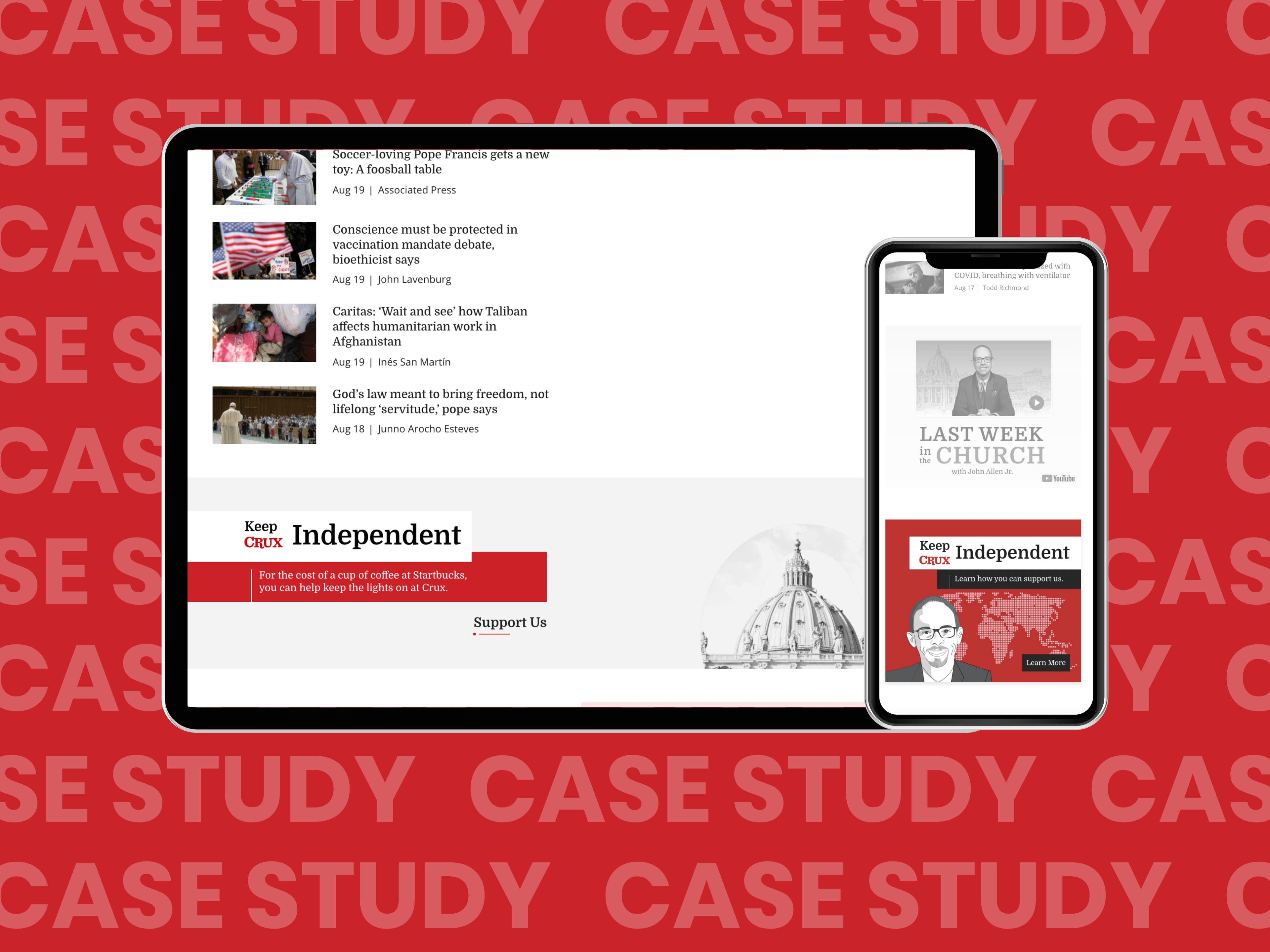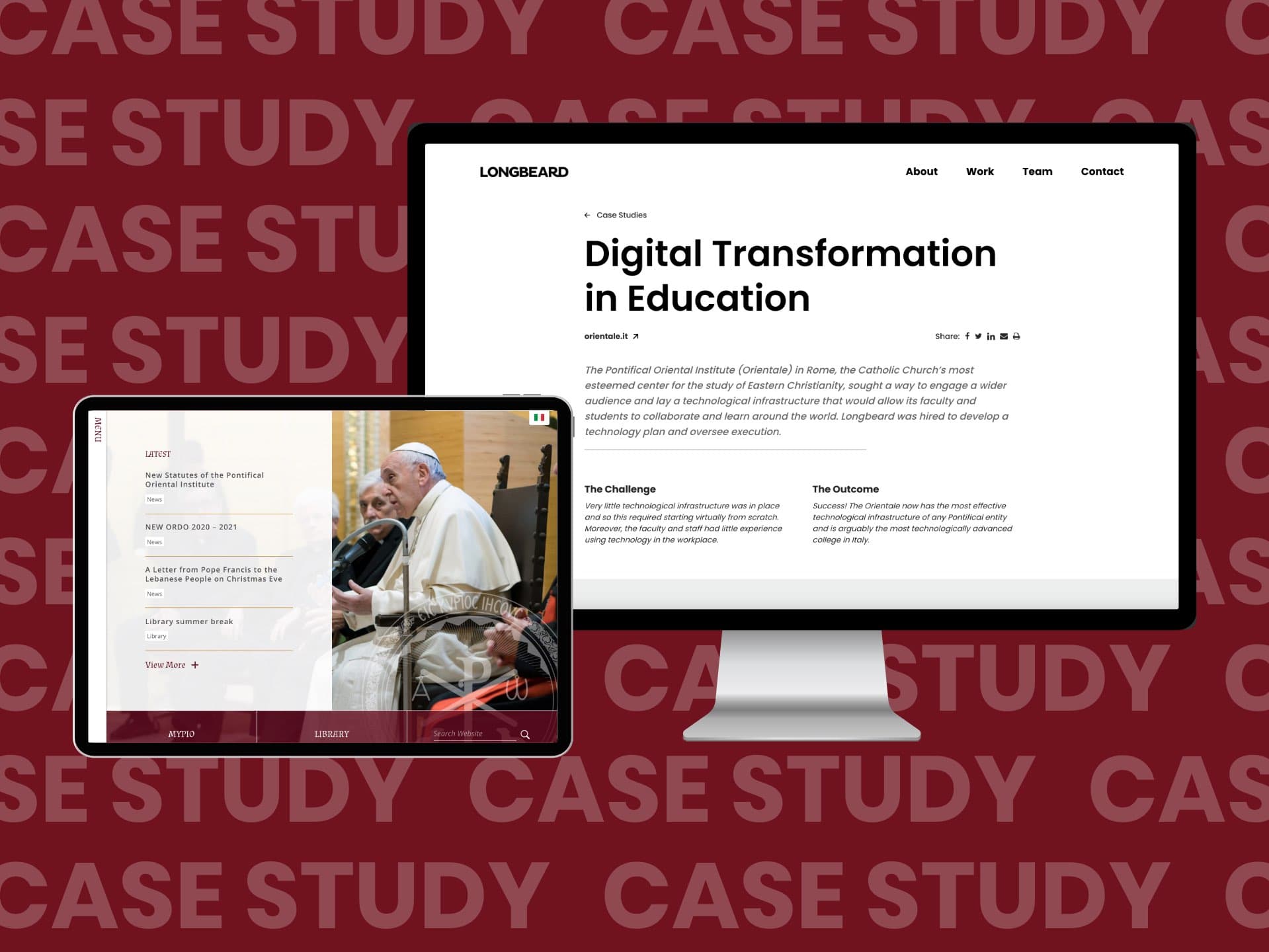Risks of Boredom
Boredom, no big deal right? Actually, it’s a bigger problem than most people think. Through lack of physical activity and inattention to diet, too much time in a bored state is likely to contribute to a decline in overall health. For example, long-term boredom can increase a person’s risk of cardiovascular disease, as well as increase the likelihood of obesity. Not to mention, constant boredom can be a sign of depression. Halcyon hired us to help them with their campaign to dispel the mystery around the causes and effects of boredom, then arm people with tools to conquer it.
The Challenge
Designing a vehicle to educate people about the serious implications of boredom and instigate behavior-change surrounding the issue.
The Outcome
Successful! 83.1% of people who took our quiz reported caring more about the issue of boredom after what they’d learned. Also, 82.2% of people who completed the quiz reported being inclined to change their behavior in order to address boredom.
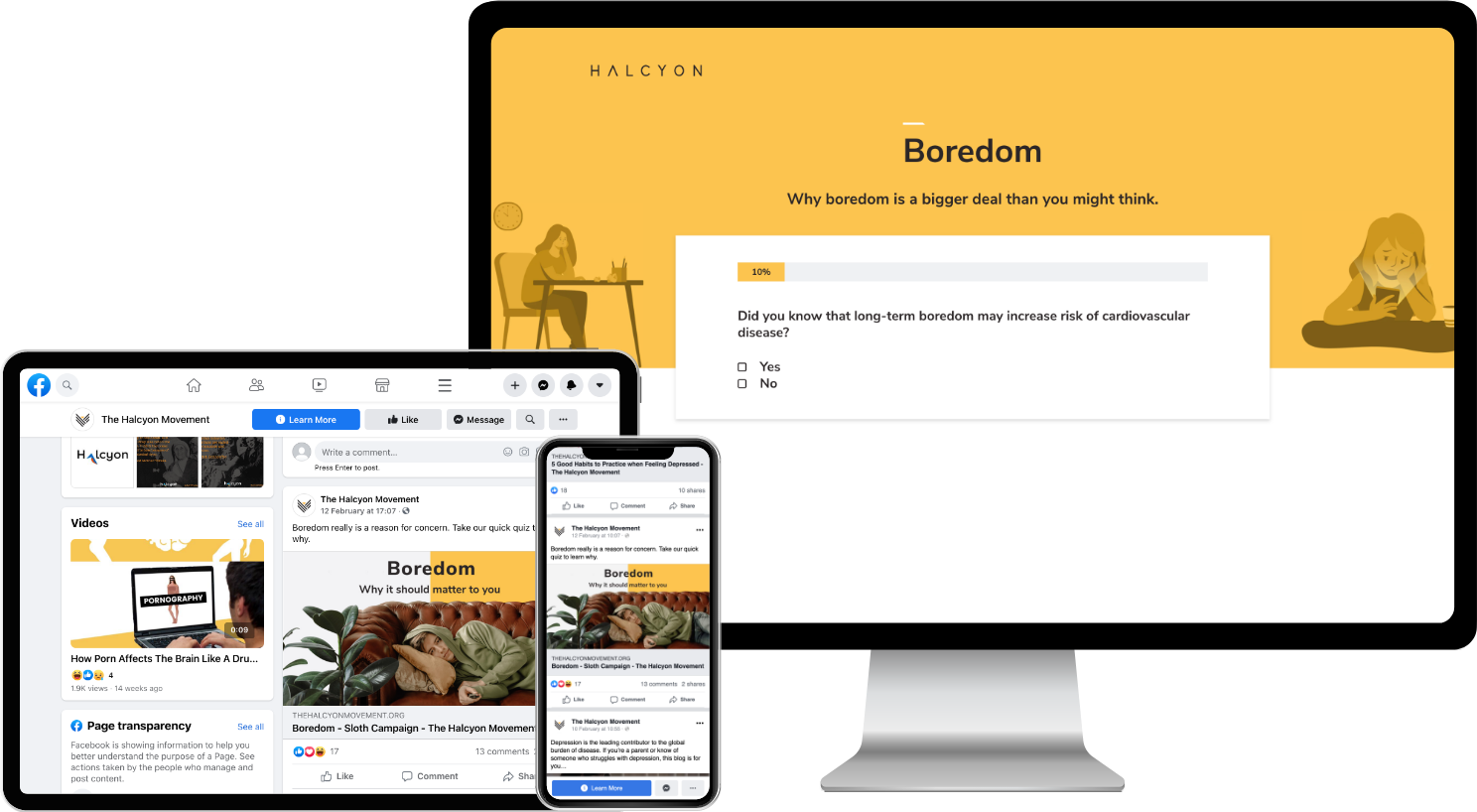
The Objective
Raise awareness and encourage people to take action on the issue of boredom.
The Challenges
- Hook. Designing a hook that would effectively grab the attention of users on their social feeds and convince them to visit the quiz landing page.
- Apathy. Putting together a quiz that would inform people about the effects of boredom and challenge them to take boredom seriously as a physical and mental health risk.
- Solutions. Identifying an accessible, creative resource that could serve as a toolkit for people in want of ways to prevent/combat boredom.

Boredom is something everyone can relate to, but we hypothesized that for many people the cure to boredom was simply embracing distraction. We wanted to lift the veil and reveal to people that boredom often denotes deeper more existential needs that go unaddressed.
Matthew H. Sanders
CEO, Longbeard
The Insights
- Audiences. There were three target interest groups for this campaign. The first was mainstream media followers across the U.S., Canada, Australia and Europe. The second audience was those who uniquely followed social platforms. The third targeted the followers of large health and wellness influencers. The mainstream media audience was slightly more engaged compared to the other audiences.
- IQ. Respondents were split almost evenly in terms of having or not having prior awareness on the issue of boredom. 56.4% of respondents were aware of the facts we presented, while 43.6% of respondents stated they had learned something new.
- Demographics. 74.4% of page sessions were female. There was no overwhelming majority in terms of page sessions by age, though 30.1% sessions were over the age of 65. Individuals between 18 and 24 were the least engaged demographic, coming in at only 7.5%. The latter certainly begs further investigation.
- Devices. 53% of respondents did so on their mobile devices, keeping mobile devices the dominant device of choice for campaign engagement.
- Costs. $0.26 was the cost per resource (toolkit) link click. $0.08 was the cost to get someone from Facebook to the quiz landing page. Given the markets targeted, both numbers were well below typical costs of conversion and speak to the issue resonating with users.
- Conversions. 93.53% of people who completed the quiz clicked on the post survey resource (toolkit). 83.1% of respondents indicated they cared more about the issue of boredom after our quiz. 82.2% of respondents indicated they would be willing to change the way they lived to address the issue of boredom. 21.21% of those who initially accessed the quiz completed all ten questions.

The results of this campaign were interesting. Those users who demonstrated a willingness to acknowledge their boredom were very keen to seek out help managing it. However, the data indicates that some users were looking for a silver bullet to address boredom and weren’t interested in more fully exploring the issue.
Matthew H. Sanders
CEO, Longbeard
The Outcome
- Changing Minds. 83.1% of respondents stated they care more about boredom after what they learned from our quiz.
- Changing Behavior. 82.2% of respondents stated they would be more inclined to change the way they live to address boredom.
- Action. 93.53% of respondents who completed the survey accessed the post survey toolkit on how to monitor boredom.
